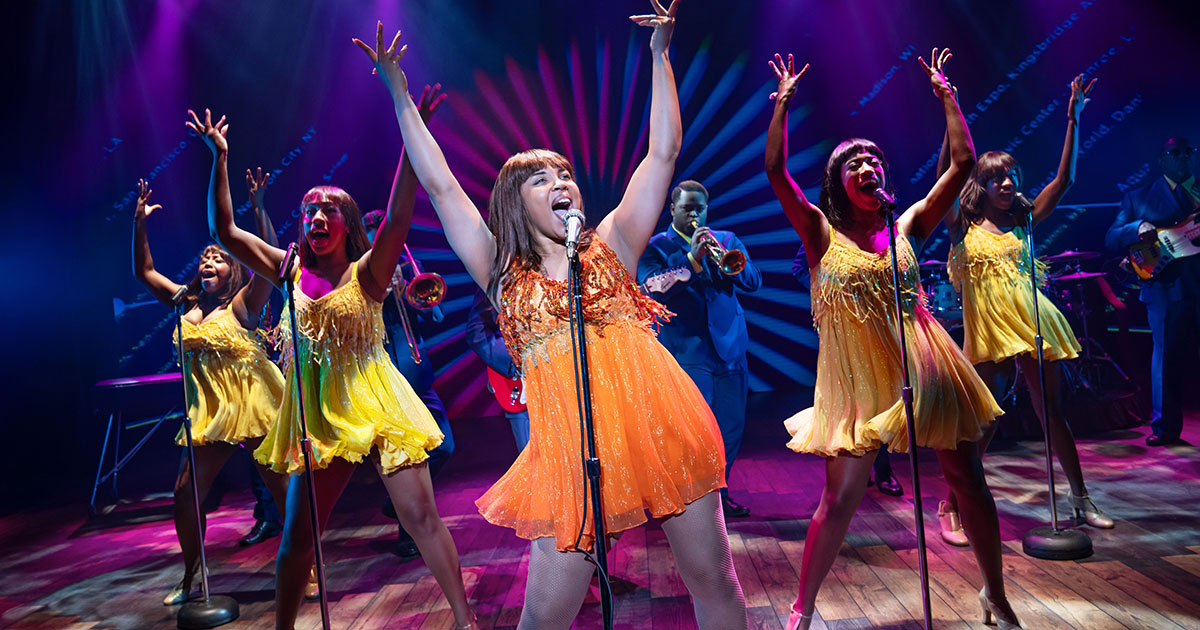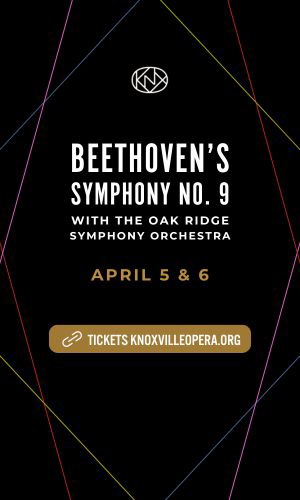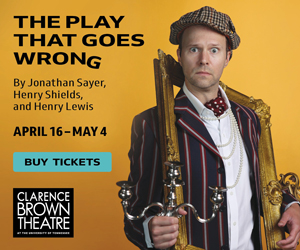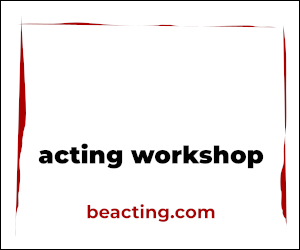Tina: The Tina Turner Musical, now in its second National Tour run, is making a stop in Knoxville this week for eight performances at the Tennessee Theatre. This quintessential biographical jukebox musical follows the rise and rock queen-dom of Anna Mae Bullock, who would eventually triumph as the super-star Tina Turner. The musical, spawned by Turner and her husband Erwin Bach before her death, had its premiere in London in 2018, before a Broadway production that opened in November of 2019. This show is pure entertainment and should be a destination for anyone who has admired Turner’s ability to generate musical excitement in a song or her ability to overcome life and career obstacles on the way to success. Admittedly though, the dramatic qualities of jukebox musicals are thin and transparent, their narrative traits generally formulaic and overwhelmed by the importance and impact of the music; Tina: The Tina Turner Musical—book by Katori Hall, with Frank Ketelaar and Kees Prins—is no exception. However, with hit songs like “Proud Mary,” “Private Dancer,” “What’s Love Got To Do With It,” “Simply the Best,” and “We Don’t Need Another Hero,”any such discussion becomes a bit irrelevant.
Infused with an unrelenting theatrical energy by director Phyllida Lloyd, the musical begins with Turner’s childhood in Nutbush, Tennessee, suffering abuses and upheavals amid parental squabbles. Eventually moving as a teenage to St. Louis to live with her mother, young Bullock would meet the volatile character Ike Turner, who would give her the name that stuck to her throughout her career. The biographical narrative bobs and weaves, hurrying through emotional plot points—and costume changes— at a frenetic pace, leaving the audience with questions of what just happened.
Clearly, the success of Tina: The Tina Turner Musical rests on the theatrical dynamism and vocal capacity of the singer-actress portraying Turner. In this production, Jayna Elise is spectacular as Turner, offering not just the legendary belting power and characteristic raspy vocal texture that made Turner a star, but an uncanny range that can mimic with credibility various ages of the singer. To say that this is a demanding role is an understatement; the fact that another performer, Mona Swain, performs Tina on occasion in this tour is proof of that.
In supporting roles in this non-Equity cast, Sterling Baker McClary made the role of the volatile and flawed Ike Turner quite believable despite its wafer-thin characterization. Obviously, there was a keen and deliberate awareness on the part of the show’s creators that the story is not about Ike, despite the dramatic intrigue of his drug use, physical abuse, and villainous behavior.

Elaina Walton was boldly impressive as Zelma Bullock, Tina’s mother, although the writers were clearly torn in how to depict her. The cast included Deidre Lang as Tina’s grandmother Gran Georgeanna; Maurice Alpharicio, as Tina’s would-be lover Raymond, was strong in his duet with Elise, “Let’s Stay Together.” Mya Bryant as sister Alline offered a fun “Shake a Tailfeather.” Darius J. Manuel painted the role of Richard Bullock with a keen sense of reality.
In the Act II comeback story, Kristen Daniels was marvelous as manager Rhonda Graam, with Joe Hornberger making sense of manager Roger Davies. The admittedly clumsy role of Erwin Bach, the German promoter who eventually married Turner (and was a co-producer of Tina with Turner), was taken by Steven Sawan.
Although the dynamic performance by Jayna Elise and the energy of the musical numbers are the undeniable essence of this show, an equal amount of the show’s energy comes from the visual contributions: its deliciously abstract kinetic projections by Jeff Sugg and the energizing and, literally, in-your-face lighting design by Bruno Poet. I get the feeling that some compromises have been taken with Mark Thompson’s original physical scenic elements to accommodate the rigors and reality of touring, but what remains generally works in an abbreviated form. Extended kudos also go to Nevin Steinberg’s sound design and to the road personnel responsible for the intelligible dialog and lyrics of voice reinforcement that one simply can’t take for granted.

Photo by Julieta Cervantes
Strangely, one would expect a show of over three hours to drag, especially in the obligatory Act II “fill in the narrative story” scenes. Should you find yourself yearning to check your watch, take our advice and hold out to the end. A rip-roaring, jump to your feet finale will be your reward.








